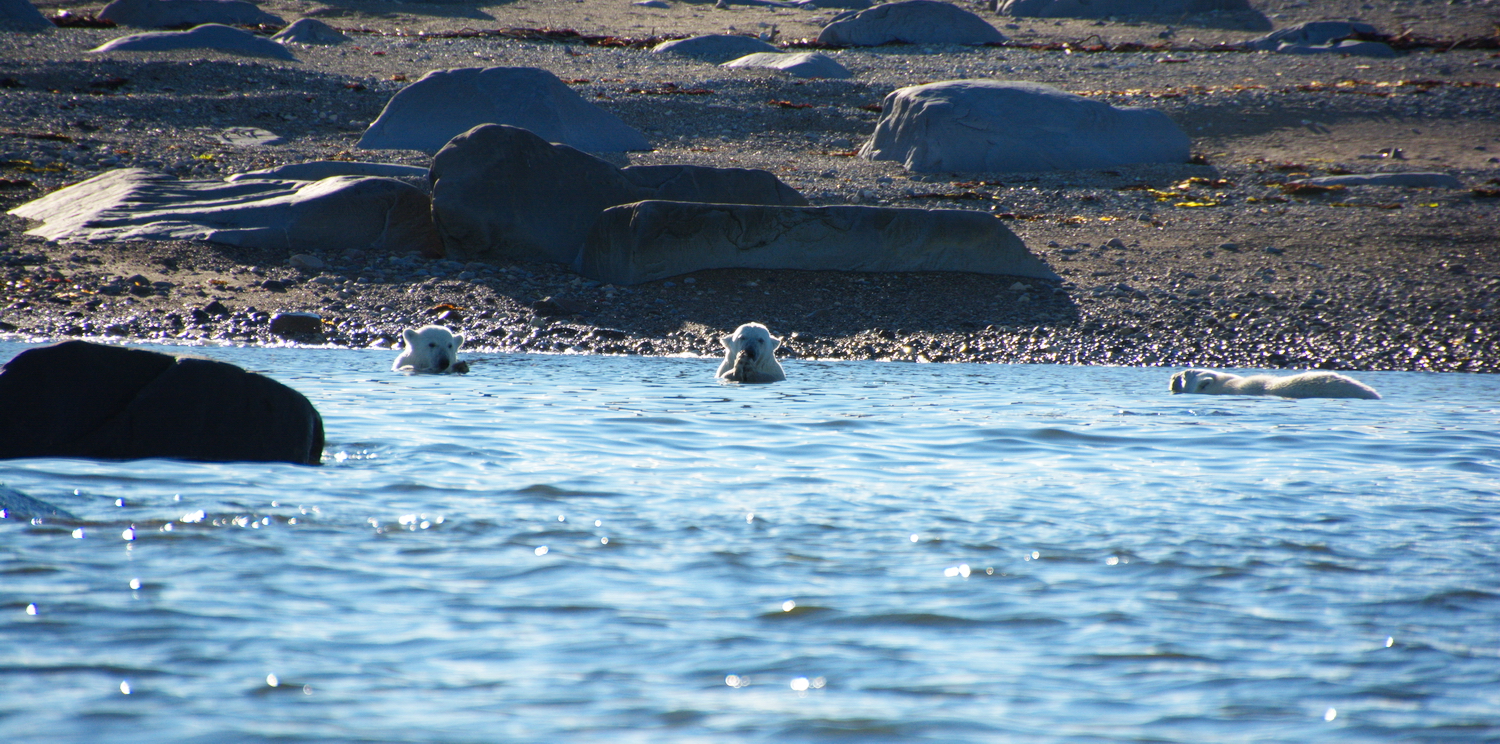I was asked about polarizing filters recently. I usually have one with me when I travel. By usually, I mean that it’s usually in my bag except when I really need it, but that’s another story…
Polarizing filters can do some great things – reduce or eliminate glare, enhance colors, and manage reflections. If you want more on the how and why of a polarizing filter, click here.
So, when would you want to have a polarizing filter with you?
Here’s a list to consider:
- Taking a bus or train or plane trip where you’ll be shooting through windows.
- Shooting shiny or glossy objects in bright sunshine or under bright lights.
- Heading to the beach.
- Shooting things on or in the water.
- Photographing colorful things like fall foliage on a cloudy/hazy day.
- When you’re going to have to deal with reflections on a glass/clear/glossy surface.
- When you’re shooting in stark sunlight or mid-day.
In other words, they’re not a bad thing to have in your bag. All of the time…
One thing to remember is that any time you have a filter on your lens, there’s a chance for internal reflections between the surface of the filter and the lens. These reflections can be good – or they can ruin a shot.
The photo below shows a polarizing filter used to help bring out the colors on a gray day, and it shows an unintended “star” effect from the filter. In this case, the star effect on the headlight and ditch lights arguably helps make this picture. It wasn’t something I set out to do – but it works in this case.
I had to take a breath and a step back, because I wasn’t happy with this as a “train” picture. For most people, it seems that this is a fall foliage picture that happens to have a train in it, and the star effect adds to the picture. The law of Unintended Consequences reinforces the fact that we all see different things in the same picture.
For more examples of a polarizing filter used to enhance fall colors (that would look great on your wall, or on a mug), check out this gallery on Laughing Frog Images.
If you’re interested in getting a polarizing filter for your camera bag, start with your local camera store! Without your patronage, we won’t have them – and we need small businesses like them!
Happy shooting!














